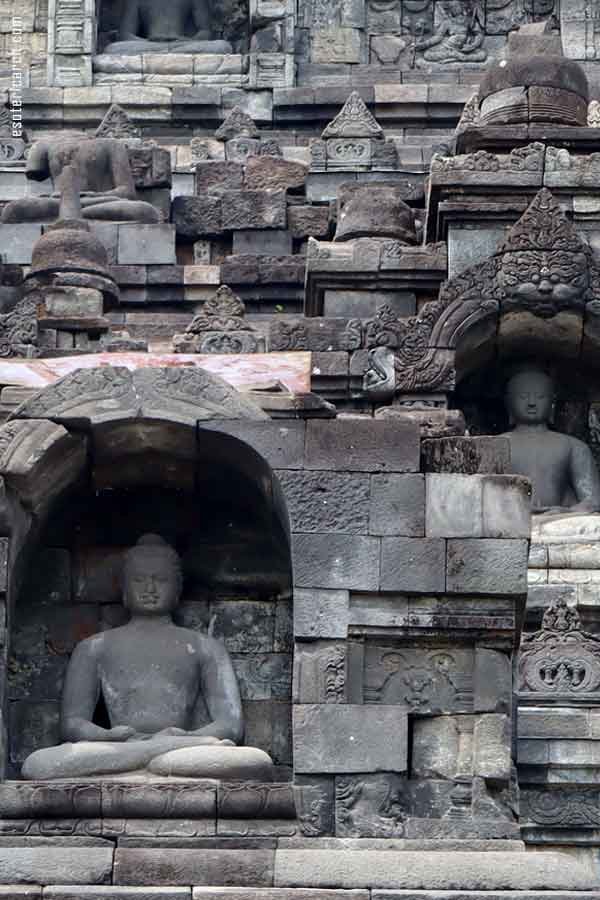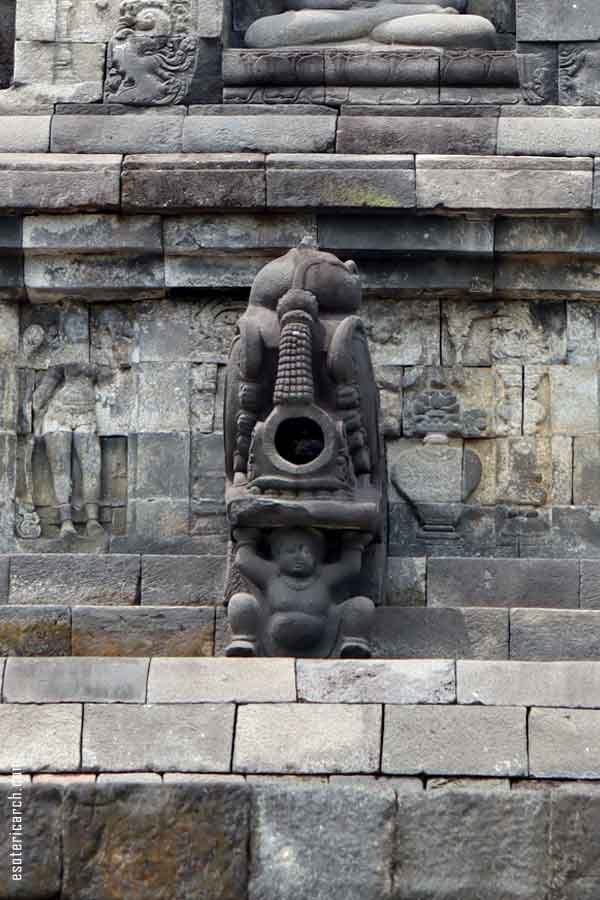From Earth to Nirvana: Architecture of Borobudur
From Earth to Nirvana: Architecture of Borobudur
T
ucked within the verdant heart of Central Java, amidst lush forests and volcanic peaks, stands Borobudur—a marvel of esoteric architecture that transcends the boundaries of time and space.
Borobudur is the largest Buddhist temple in the world.
Built in the 8th–9th centuries by the Sailendra dynasty, this grand Buddhist stupa embodies cosmic geometry and metaphysical principles, guiding seekers on a pilgrimage toward enlightenment. As the world’s largest Buddhist temple, Borobudur serves as a living mandala, harmoniously integrating artistry, spirituality, and architectural precision.
In this exploration, we uncover the hidden meanings, profound symbolism, and cosmic resonance of Borobudur—a monument that offers an experience at once earthly and divine.

